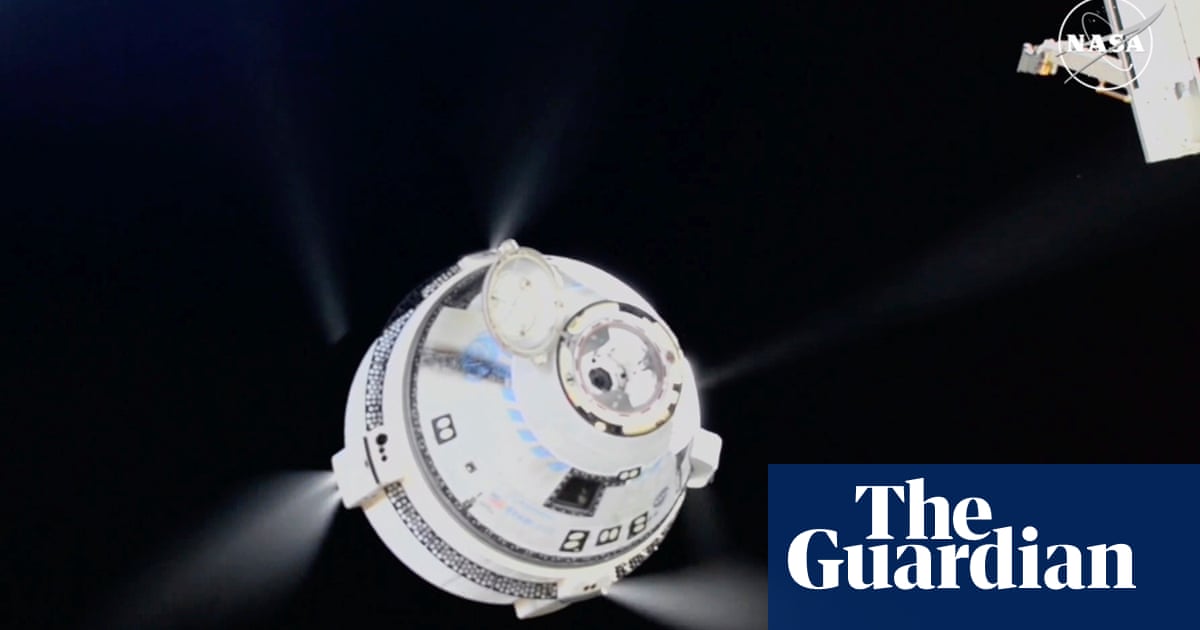Boeing’s Starliner space capsule undocked to leave the International Space Station on Friday – months after its original departure date and without the two astronauts it carried when it launched in early June.
According to Nasa, the Starliner autonomously left its docking port at the ISS at just after 6pm ET to make the approximately six-hour journey home to a landing zone at White Sands Space Harbor in the New Mexico desert. Coverage of the departure is being livestreamed.
The Nasa astronauts Suni Williams and Butch Wilmore should have flown the Starliner back to Earth in June, a week after launching in it. But thruster failures and helium leaks marred their ride to the space station. Instead, they will remain at the ISS for the rest of the year and will return in February aboard the SpaceX Dragon spacecraft.
Nasa ultimately decided it was too risky to return Williams and Wilmore on the Starliner. So the capsule contains their empty seats and blue spacesuits along with some old station equipment.
Boeing’s first astronaut flight caps a journey filled with delays and setbacks. After Nasa’s space shuttles were retired more than a decade ago, Nasa hired Boeing and SpaceX for orbital taxi service. Boeing ran into so many problems on its first test flight with no one onboard in 2019 that it had to repeat it. The 2022 do-over uncovered even more flaws and the repair bill topped $1.5bn.
The Starliner finally blasted into space on 5 June from Florida’s Cape Canaveral Space Force Station after unsuccessful launches on 6 May and 1 June were plagued with problems and after earlier delays that included reports of helium leaks in the service module.
On the first launch attempt, a problem was found with a valve on the second stage, or upper portion, of the rocket. On the second, a computer tripped an automatic hold just three minutes and 50 seconds from liftoff. That was later attributed to a single ground power supply fault within one of the launch control computers.
Even after it successfully launched, helium leaks continued to trouble the spacecraft. As the Starliner approached the ISS, two leaks were detected but Nasa determined the spacecraft remained stable.
What started as an eight-day mission dragged on for three months after the leaks and faulty thrusters raised safety concerns.
after newsletter promotion
However, Nasa and Boeing officials were adamant that the astronauts were not stranded and that the technical difficulties did not threaten the mission.
“We’ll come home when we’re ready,” Steve Stich, Nasa’s commercial crew program manager, said in the press conference in July.

